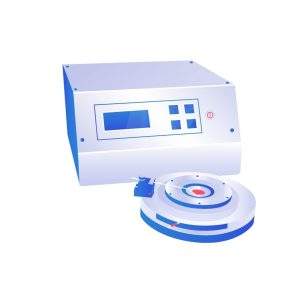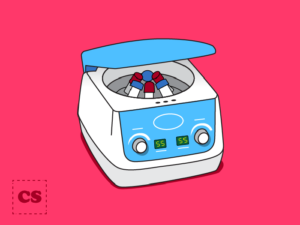
Crafting Custom Microfluidic Chips: A Step-by-Step Guide
Introduction Microfluidic technology has revolutionized the way researchers manipulate and analyze fluids at the microscale, offering unprecedented control and precision. Custom microfluidic chips, tailored to











